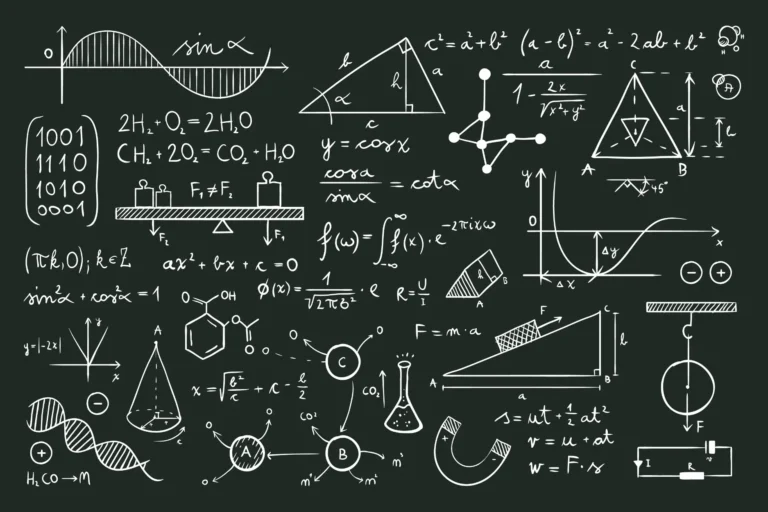How are Geometry Concepts and Algebra Concepts Related?
The correlation between algebra and geometry is far more intertwined than you might expect. Prepare to have your perceptions challenged as this article unveils the fascinating connections between these two mathematical realms.

Overview of Geometry and Algebra
Geometry is a fundamental branch of mathematics focusing on visual elements such as points, lines, 2D shapes, 3D shapes, and higher-dimensional objects. These concepts find direct application in fields like architecture, where they aid in designing structures, measuring capacity, space, and material properties.
Algebra, a branch that emerged later than Geometry, involves the use of variables (represented by letters like x or y) to solve equations with unknown values using algorithms. Its applications are widespread, extending to fields like economics, banking, internet technology, and computer science, where functions reliant on algebraic principles are prevalent.
The Intersection of Algebra and Geometry
Algebra emerged during a period when Geometry was well-established, and Geometry played a significant role in its development. Geometric algebra, dating back to ancient Egypt and Greece, was a precursor to modern algebra. It involved generalizing geometric solutions or theorems into formulas applicable to solving various problems rather than specific instances. This laid the groundwork for the use of formulas and equations in problem-solving.
Many basic properties in Algebra have their roots in Geometry. For instance, Euclid’s Elements, Proposition 1 of Book II, describes a geometric principle that correlates to the distributive property in Algebra.
“If there be two straight lines, and one of them be cut into any number of segments whatever, the rectangle contained by the two straight lines is equal to the rectangles contained by the uncut straight line and each of the segments.”

The diagram above illustrates the mentioned proposition, on how the sum of the areas of labeled rectangles equals the area of the rectangle on the right. In Algebra, this translates to the distributive property, which states that a (b + c + d) = ab + ac + ad. Similarly, fundamental Algebraic laws such as the commutative and associative laws find their origins in Geometry.
Analytic Geometry
Analytic Geometry serves as a bridge between Geometry and Algebra, merging geometric concepts with algebraic expressions. In this branch of mathematics, geometric objects are represented on the Cartesian plane using equations. Various forms of equations correspond to different geometric shapes:

- A Point: Represented by a pair of coordinates (x, y), indicating its position on the plane.
- A Circle: Described by an equation like x² + y² + 2gx + 2fy + c = 0, where “x” and “y” are coordinates of any point on the circle, and g, f, and c are constants unique to each circle.
- A Straight Line: Expressed as y = mx + c.
- A Parabola: Defined by y = ax^2 + bx + c.
- Conic sections: Conic sections are curves formed by the intersection of a plane with a cone. They include ellipses (including circles), parabolas, and hyperbolas, each represented by different equation forms.

Analytic Geometry utilizes geometric properties to solve algebraic equations. For instance, when analyzing a system of linear equations, the geometric concept of parallel lines comes into play. Solutions exist when the lines are non-parallel, illustrating how geometric principles inform algebraic solutions.
Furthermore, techniques in algebra often leverage geometric insights. For example, the method of completing the square is an algorithm for solving quadratic equations. By rearranging expressions to form perfect squares, this technique utilizes geometric concepts to find solutions.

Doubling the Cube Problem
The challenge of doubling the cube captivated ancient mathematicians for centuries. It demanded constructing a cube with twice the volume of a given cube, using only a compass and straightedge. Despite numerous attempts, the problem defied resolution for over a millennium, until algebraic methods conclusively demonstrated its impossibility. This example shows how the two branches can complement each other.
Conclusion
Algebra and geometry mesh so well together as algebraic expressions help solve geometric problems efficiently. As equations and formulas are needed in geometry to find lengths, angles, or areas of shapes, algebraic variables are of importance when finding missing values. This is why analytic geometry is what shapes the world around us, from building structures to uncovering the secrets of space.